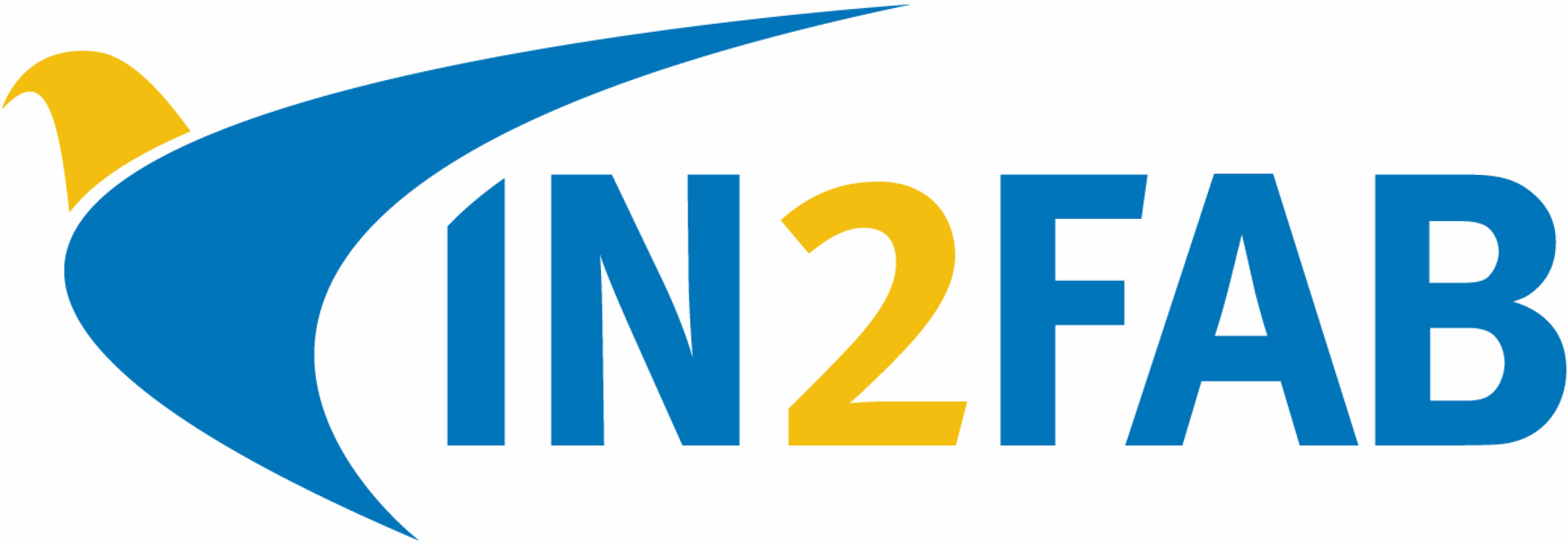Rapid semiconductor IP migration has long been recognized as one of the most challenging problems in semiconductor design. While digital circuits can be regenerated with a high degree of automation, analog IP is often redesigned from scratch, leading to long lead times and missed opportunities.
Specialized design tools, such as IN2FAB’s OSIRIS software, can give companies a major advantage when moving schematic and layout data to new technology nodes, but even that may not be enough when engineering resources are tight.
Another option is to use a design service to move IP from one node to another and this can be very attractive when resources are scarce and schedules are tight. An experienced and dedicated group of IP migration engineers can take existing analog and mixed signal IP and return it in the process of a customer’s choice.




